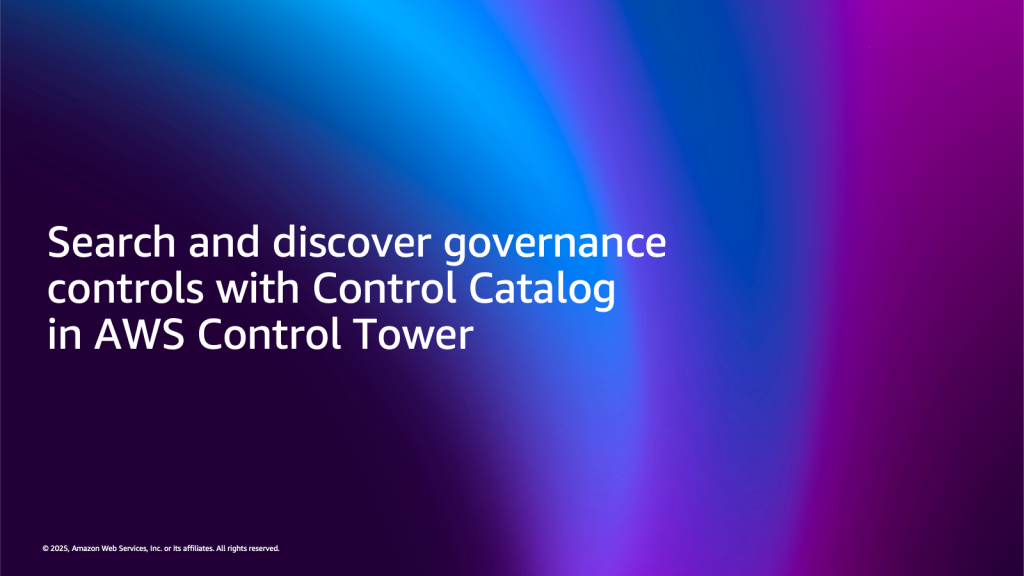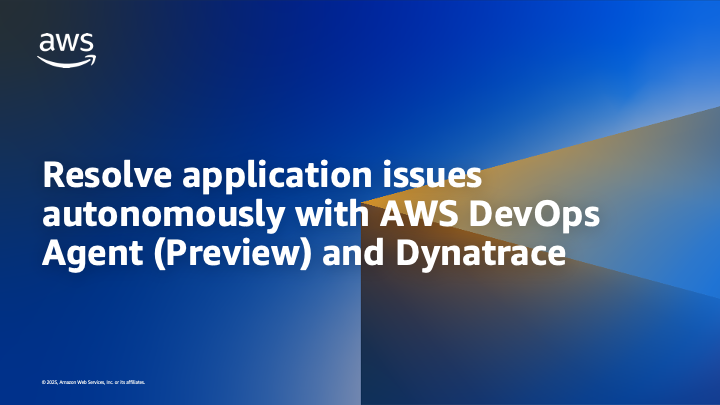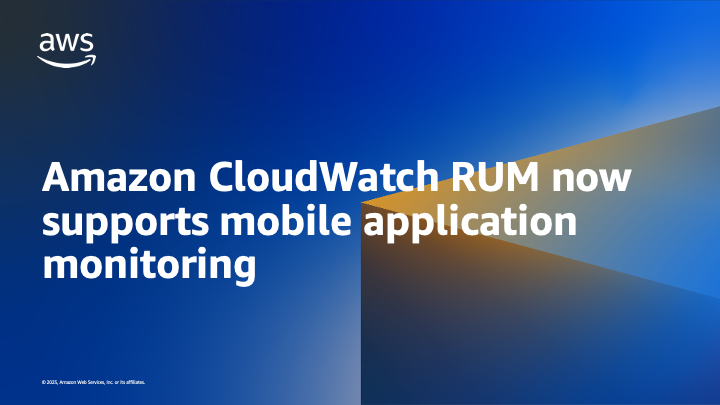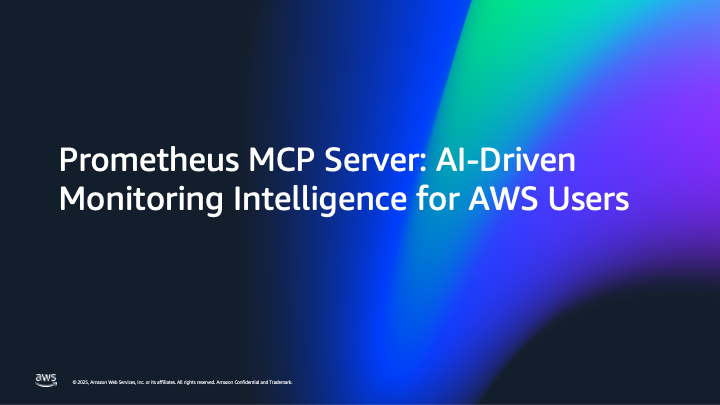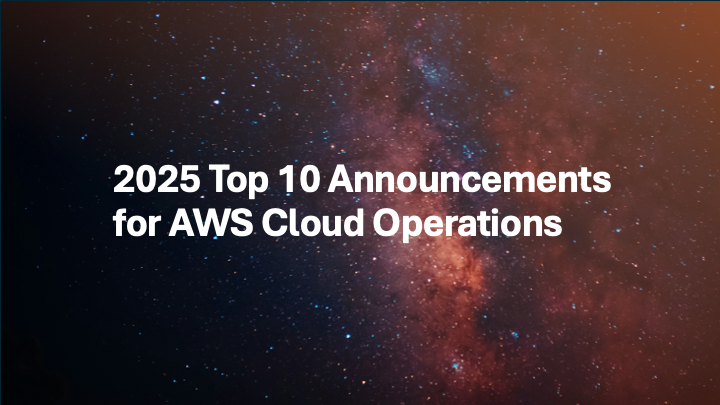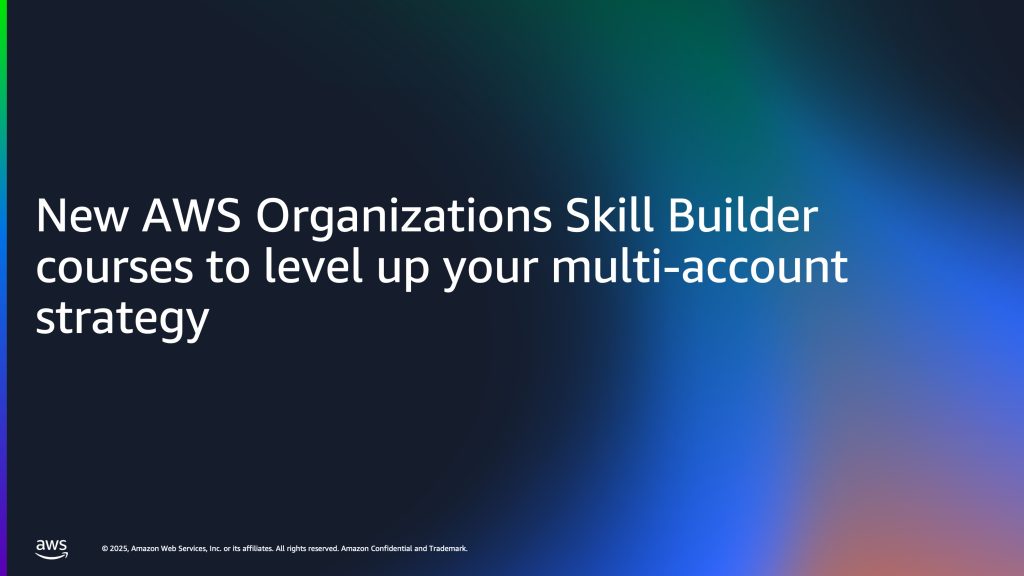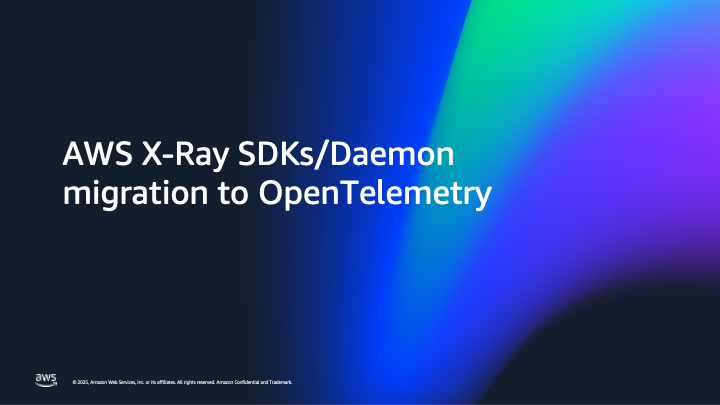AWS Cloud Operations Blog
Search and discover governance controls with Control Catalog in AWS Control Tower
As you scale your AWS environment from hundreds to thousands of AWS accounts, maintaining consistent governance standards across this expanded infrastructure requires a strategic approach. Governance controls—the automated policies and rules that enforce standards across your cloud infrastructure—are essential for managing this scale, but implementing them presents two fundamental challenges. First, without proper controls, a […]
Resolve application issues autonomously with AWS DevOps Agent (Preview) and Dynatrace
Application issues require fast resolution to maintain business continuity and customer satisfaction, but manual investigation creates delays that can cost organizations significantly in lost revenue and productivity. Last week, we launched AWS DevOps Agent (Preview), a frontier agent that resolves and proactively prevents incidents, continuously improving reliability and performance of applications in AWS, multicloud, and […]
Troubleshoot AWS Tagging Compliance with AWS Resource Explorer
With AWS Resource Explorer’s immediate resource discovery launch on October 13, 2025, customers can now discover resources from their very first search in Unified Search in the AWS Management Console or the Resource Explorer console. Operations like troubleshooting and problem resolution, making resource changes, investigating resource dependencies, identifying security risks, and optimizing costs are critical […]
Amazon CloudWatch RUM now supports mobile application monitoring
Amazon CloudWatch RUM now supports iOS and Android applications, expanding real user monitoring beyond web applications. Developers and SREs can now quickly isolate mobile application issues and improve end-user experience, with visibility into performance metrics such as screen load times, crash rates, and API latencies.
Prometheus MCP Server: AI-Driven Monitoring Intelligence for AWS Users
We recently launched the open source Prometheus Model Context Protocol (MCP) server for Amazon Managed Service for Prometheus. This new capability enables artificial intelligence (AI) code assistants such as Amazon Q Developer CLI, Cline, and Cursor to interact with your Prometheus monitoring infrastructure through natural language queries. The MCP server provides AI assistants with contextual […]
2025 Top 10 Announcements for AWS Cloud Operations
At AWS re:Invent 2025, we’re excited to share latest innovations designed to empower organizations to thrive in the transformative AI era. This year’s top Cloud Operations announcements address the most pressing challenges our customers face today—from gaining comprehensive visibility into generative AI workloads to significantly accelerating incident resolution and efficiently managing the exponential growth of […]
Announcing AWS CloudTrail Event Aggregation and Insights for Data Events
AWS CloudTrail records API calls and events for your AWS account, providing audit trails for governance, compliance, and operational troubleshooting. Customers can also enable data events in CloudTrail to gain deeper visibility into resource-level operations. These include Amazon S3 object-level operations (such as GetObject/PutObject) or AWS Lambda function invocations. Data events help detect unauthorized access, […]
Enforce consistent tagging across IaC deployments with AWS Organizations Tag Policies
Organizations manage thousands of AWS resources across multiple accounts and Regions to support their business operations. They want consistent tagging to support essential workflows such as attribute-based-access-controls (ABAC), cost allocation, organizing resources by project/application/owner/environment, and triggering automated processes based on tag criteria. Many customers use Infrastructure as Code (IaC) tools like AWS CloudFormation, Terraform, and […]
New AWS Organizations Skill Builder courses to level up your multi-account strategy
Your AWS journey, whether starting with a handful of accounts or scaling to thousands, requires a strong foundation. Think of it like building a skyscraper: the taller you plan to go, the stronger your base needs to be. As your organization grows, so do the challenges of managing multiple AWS accounts. Security policies, access controls, […]
AWS X-Ray SDKs/Daemon migration to OpenTelemetry
AWS X-Ray is transitioning to OpenTelemetry as its primary instrumentation standard for application tracing. OpenTelemetry-based instrumentation solutions are recommended for producing traces from applications and sending them to AWS X-Ray. X-Ray’s existing console experience and functionality continuous to be fully supported and remains unchanged by this transition. OpenTelemetry is the industry-wide open-source standard for tracing […]
